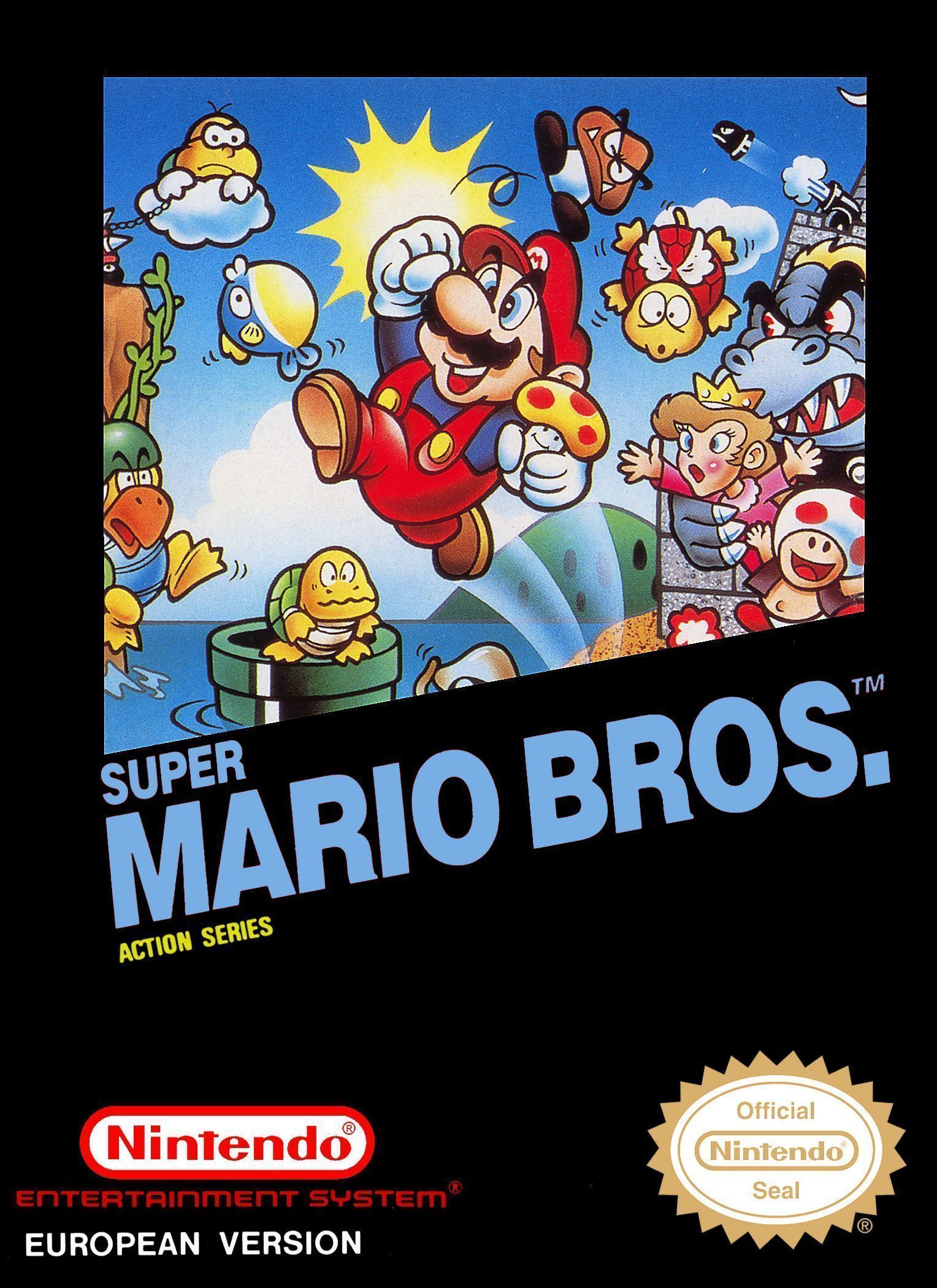

Main article: History of the Nintendo Entertainment System Development The Famicom game console at the Computer and Video Game Console Museum of Helsinki in 2012įollowing a series of arcade game successes in the early 1980s, Nintendo made plans to create a cartridge-based console called the Family Computer, or Famicom. In 2011, IGN named the NES the greatest video game console of all time. It was succeeded in 1990 by the Super Nintendo Entertainment System. and the 1986 action-adventure games The Legend of Zelda and Metroid, which became long-running franchises. The NES features a number of groundbreaking games, such as the 1985 platform game Super Mario Bros. It introduced a now-standard business model of licensing third-party developers to produce and distribute games. The NES is one of the best-selling consoles of its time and helped revitalize the US gaming industry following the video game crash of 1983.

Nintendo released several add-ons, such as the NES Zapper light gun for shooting games like Duck Hunt. The controller design was reused from Nintendo's portable Game & Watch games. Rejecting more complex proposals, the Nintendo president Hiroshi Yamauchi called for a simple, cheap console with games stored on cartridges. It was redesigned to become the NES, which was released in American test markets on October 18, 1985, and was soon fully launched in North America and other countries.Īfter developing several successful arcade games in the early 1980s such as Donkey Kong (1981), Nintendo planned to create a home video game console. It was first released in Japan in 1983 as the Family Computer ( FC), commonly referred to as Famicom.

The Nintendo Entertainment System ( NES) is an 8-bit third-generation home video game console produced by Nintendo. Pack-in: Super Mario Bros., 40.24 million (as of September 13, 2010).JP: Septem( September 25, 2003) (Famicom)ĪPU, 5 channels: 2 pulse wave, triangle wave, white noise, DPCM.


 0 kommentar(er)
0 kommentar(er)
